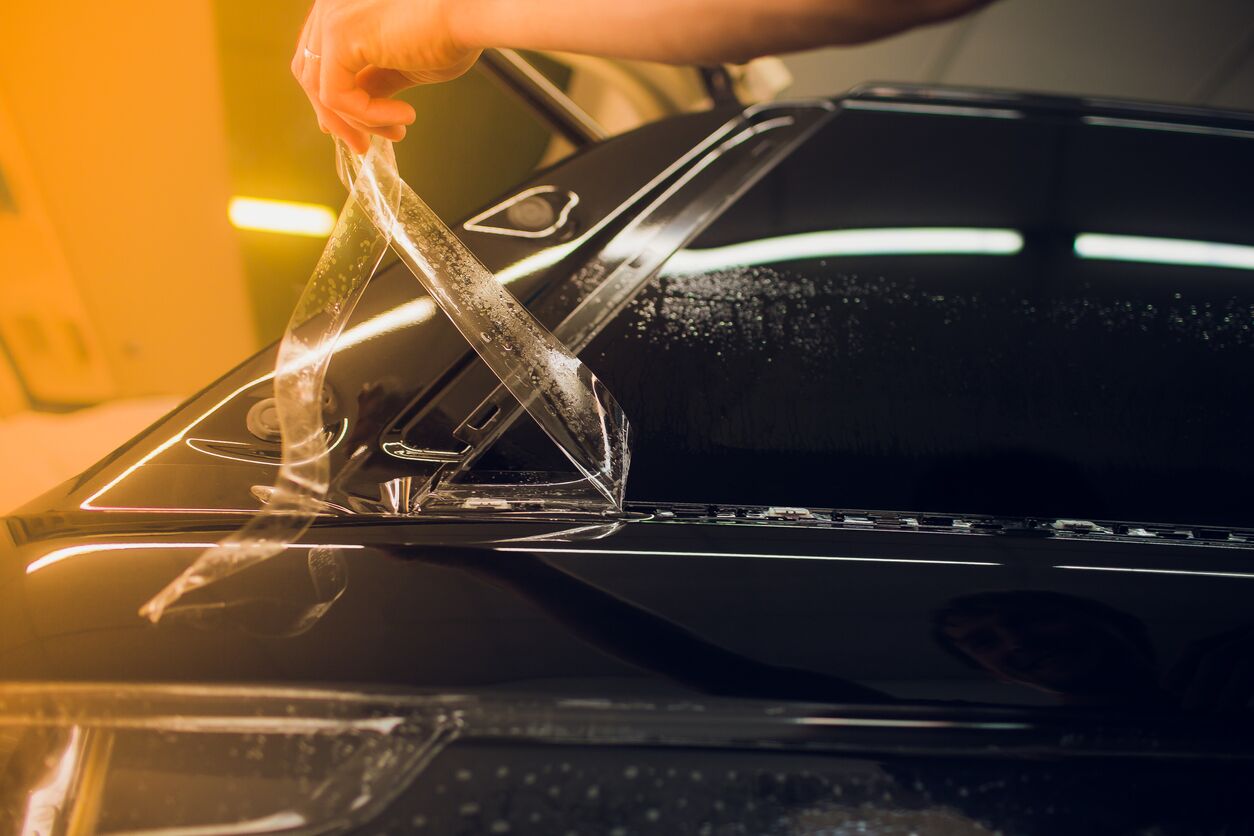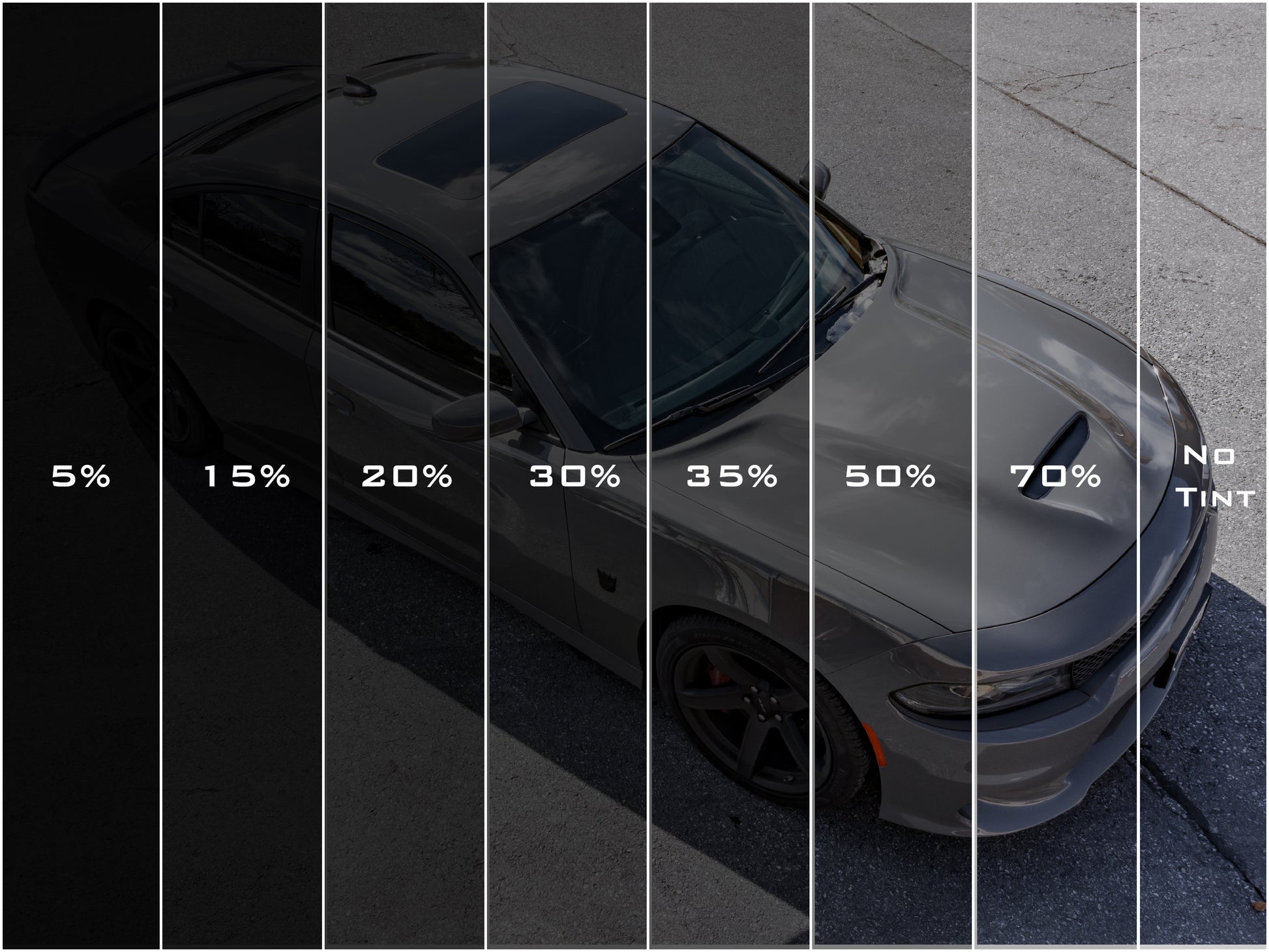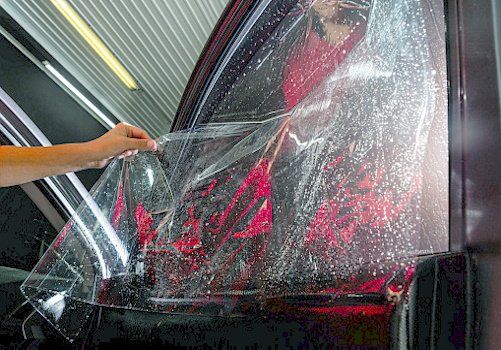The Benefits of window tinting for UV Protection and Interior Durability
The Benefits of window tinting for UV Protection and Interior Durability
Blog Article
Discovering the Various Sorts Of Home Window Color for Cars and Their Advantages

Colored Home Window Color
Colored home window tint is a prominent choice among vehicle owners seeking to boost privacy and decrease glow while preserving a trendy appearance. This kind of color is developed by including color right into the glue layer, which is after that related to the windows of the vehicle. The key allure of dyed home window color hinges on its ability to give a cosmetically pleasing appearance without sacrificing functionality.
Among one of the most significant advantages of colored home window color is its capability to block harmful UV rays, aiding to secure both passengers and the lorry's inside from sun damages. In addition, this color successfully decreases glow, contributing to a more comfy driving experience, particularly throughout brilliant daylight conditions. The deepening of home window color additionally adds a layer of privacy, making it a lot more challenging for outsiders to see inside the lorry.
Nevertheless, it is necessary to note that while colored window color offers countless advantages, it might not offer as much warmth being rejected as other kinds of tints. Additionally, its longevity can be impacted by exposure to extended sunshine, potentially causing fading gradually. Overall, dyed home window color remains a popular alternative for those focusing on aesthetic appeals and basic sun protection.
Metalized Window Tint
Metalized home window tint represents an advanced option for vehicle owners looking to boost both efficiency and appearances. One of the key benefits of metalized window color is its premium warm rejection capabilities, which can substantially reduce the indoor temperature level of a car.
In addition, metalized colors offer enhanced longevity compared to dyed movies, making them resistant to fading and damaging. This longevity ensures that the color keeps its efficiency and appearance gradually, offering long-lasting worth.
Additionally, metalized home window color can enhance personal privacy and safety by making it harder for outsiders to see inside the automobile. The reflective quality of the color can also prevent potential burglary, as valuables are less visible (window tinting). While it may disrupt some digital signals, such as general practitioner or cell phone reception, the general benefits make metalized window color an engaging selection for lots of cars and truck owners
Ceramic Window Color
Offering sophisticated innovation and unrivaled efficiency, ceramic window tint has actually arised as a leading option for critical automobile proprietors. This innovative film is composed of innovative ceramic bits that provide substantial warmth being rejected while maintaining quality and presence. Unlike typical colors, ceramic window tint does not depend on steel or dye, which can conflict with digital signals from gadgets such as GPS and cell phones.
One of the standout advantages of ceramic home window tint is its exceptional UV security. It blocks up to 99% of damaging ultraviolet rays, thus safeguarding both the vehicle's his comment is here inside and its go to the website passengers from sunlight damages. Additionally, this sort of color boosts personal privacy without endangering presence, making it a sensible option for daily chauffeurs and high-end cars alike.
Ceramic window tint also flaunts toughness; it is resistant to fading and scraping, making certain durable efficiency. In addition, its non-reflective nature suggests it does not create glow, contributing to much safer motoring conditions. For those looking for a premium tint option that integrates looks with performance, ceramic window tint stands out as a premium option, providing enhanced convenience and defense when traveling
Carbon Home Window Tint
When it involves home window tinting options, carbon home window tint has obtained popularity for its blend of efficiency and cost. This kind of color is made up of carbon bits, which offer a distinct matte coating that improves the aesthetic allure of automobiles. One of the key advantages of carbon window color is its ability to obstruct a considerable quantity of dangerous UV rays, safeguarding both the car's interior and its owners from skin damage and fading.
In addition, carbon window color provides superb warm denial buildings, decreasing the need for extreme cooling and enhancing gas efficiency. Unlike dyed colors, carbon tints do not fade with time, maintaining their performance and appearance for many years. This resilience makes them a functional choice for automobile proprietors seeking long-term worth.
In addition, carbon window tint is non-metalized, which implies pop over to these guys it does not conflict with digital signals, making it suitable for cars outfitted with general practitioner, Bluetooth, and other wireless innovations. The equilibrium of price, performance, and visual appeal has developed carbon home window color as a preferred choice for numerous automobile proprietors. Inevitably, it works as a trusted service for those seeking to improve convenience while making certain design.
Manufacturing Facility Color
Factory color, additionally known as OEM color, refers to the tinting that is related to vehicle windows during the manufacturing process. This kind of tint is generally integrated into the glass itself, providing an uniform look and regular degrees of shielding throughout all windows. The main purpose of factory tint is to reduce glare and enhance guest convenience while giving a level of UV defense.

While manufacturing facility color supplies standard advantages, it might not supply the very same degree of warmth denial or personal privacy as higher-grade aftermarket tints. As a result, automobile proprietors seeking enhanced performance might think about added tinting options, while still appreciating the aesthetic allure and capability manufacturing facility tint offers.
Final Thought

Nonetheless, it is crucial to note that while colored window color uses numerous benefits, it may not supply as much heat denial as other kinds of tints. For those looking for a premium tint option that combines appearances with performance, ceramic home window color stands out as a premium option, supplying enhanced convenience and protection on the road.
When it comes to home window tinting options, carbon home window color has acquired appeal for its blend of efficiency and affordability.Factory tint, additionally known as OEM color, refers to the tinting that is used to vehicle windows throughout the manufacturing process. The precise degree of tint can differ depending on the car supplier and model, with some cars including more substantial color on back home windows than on front windows.
Report this page